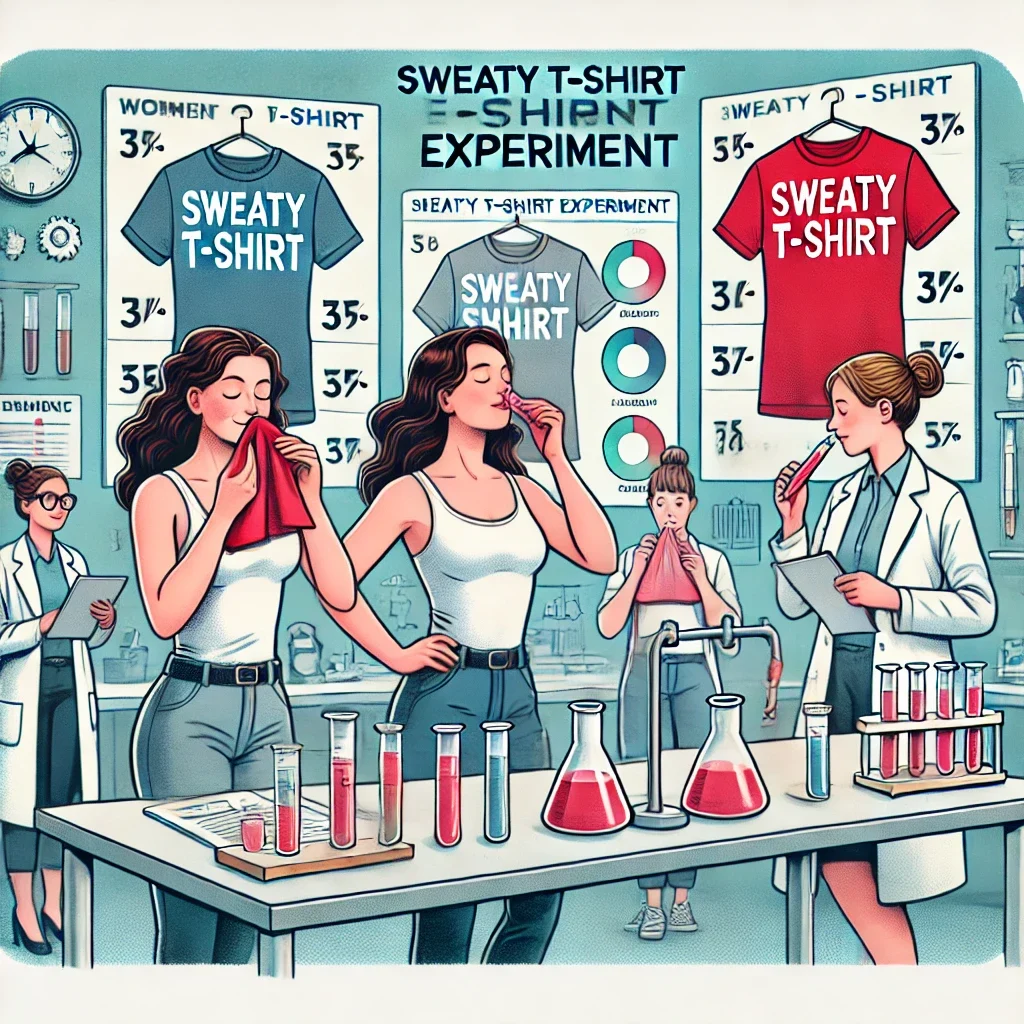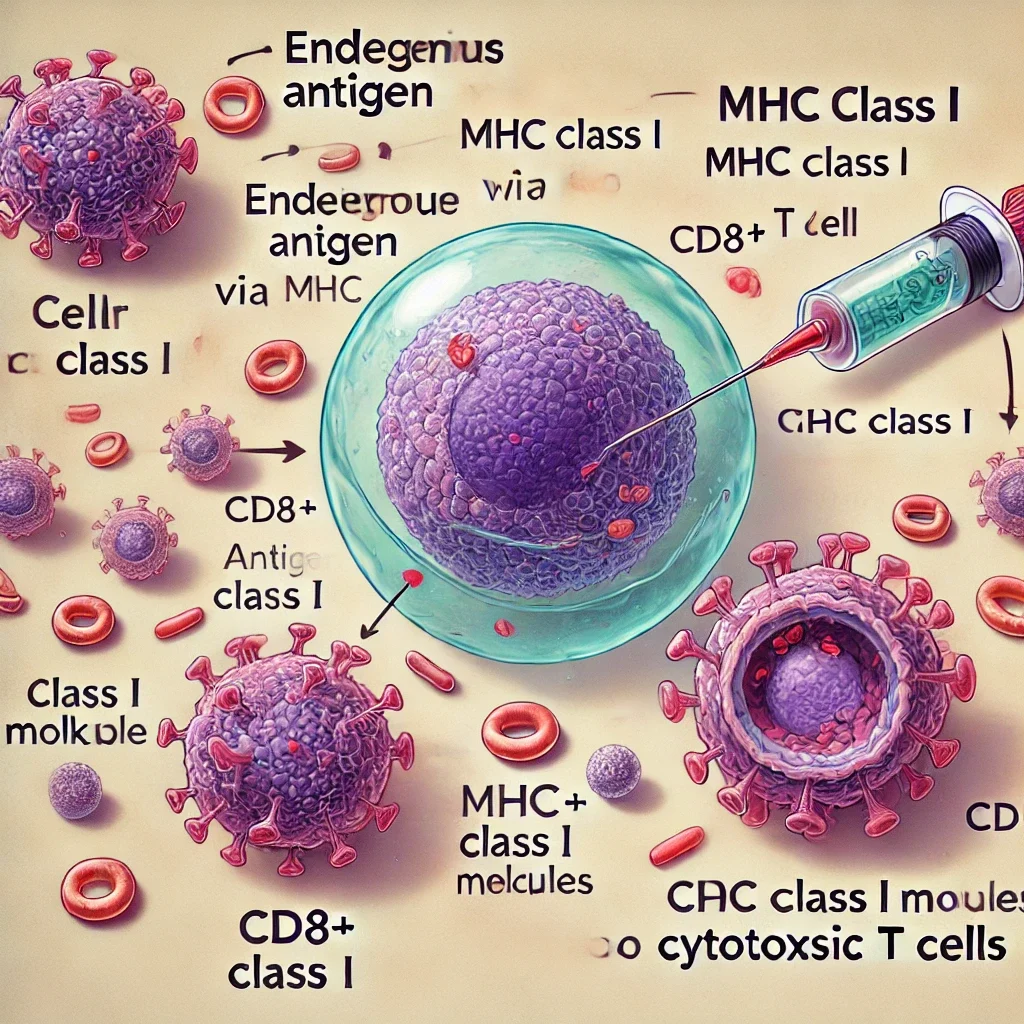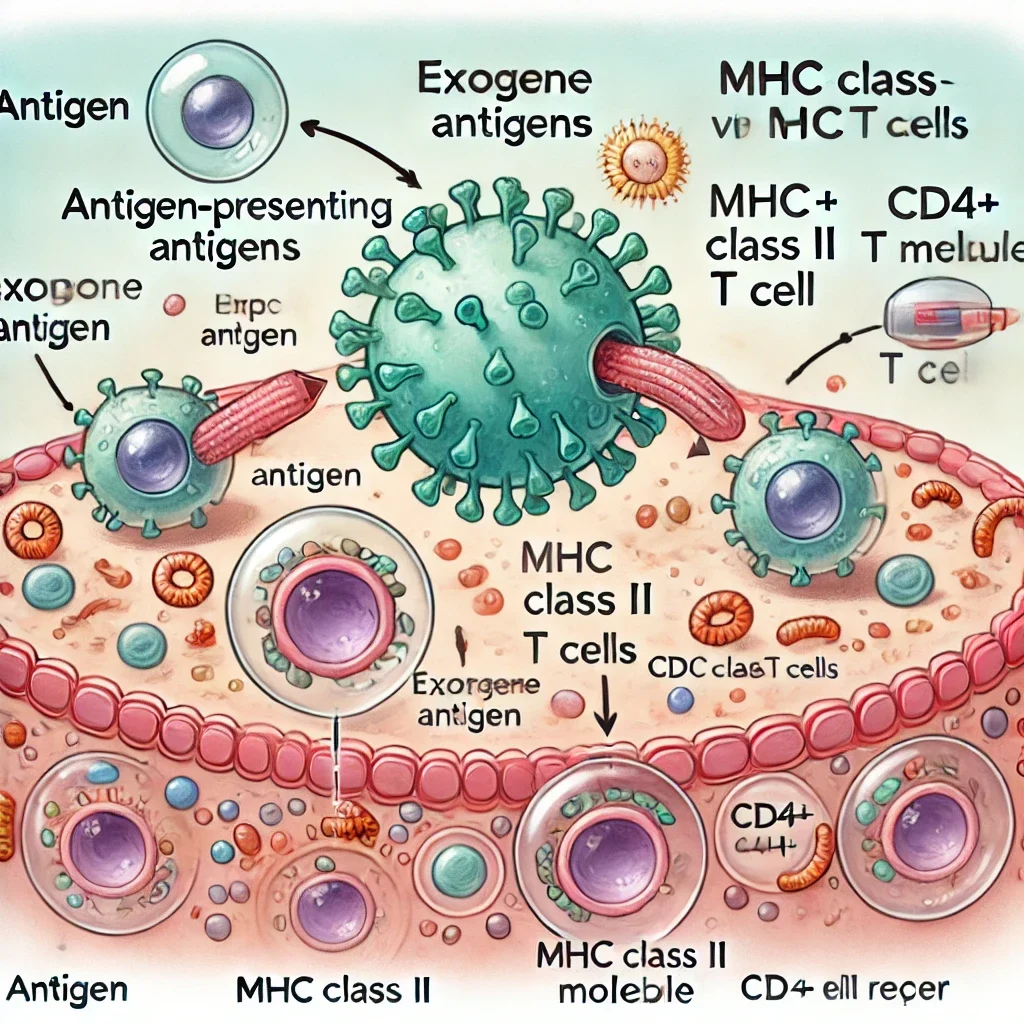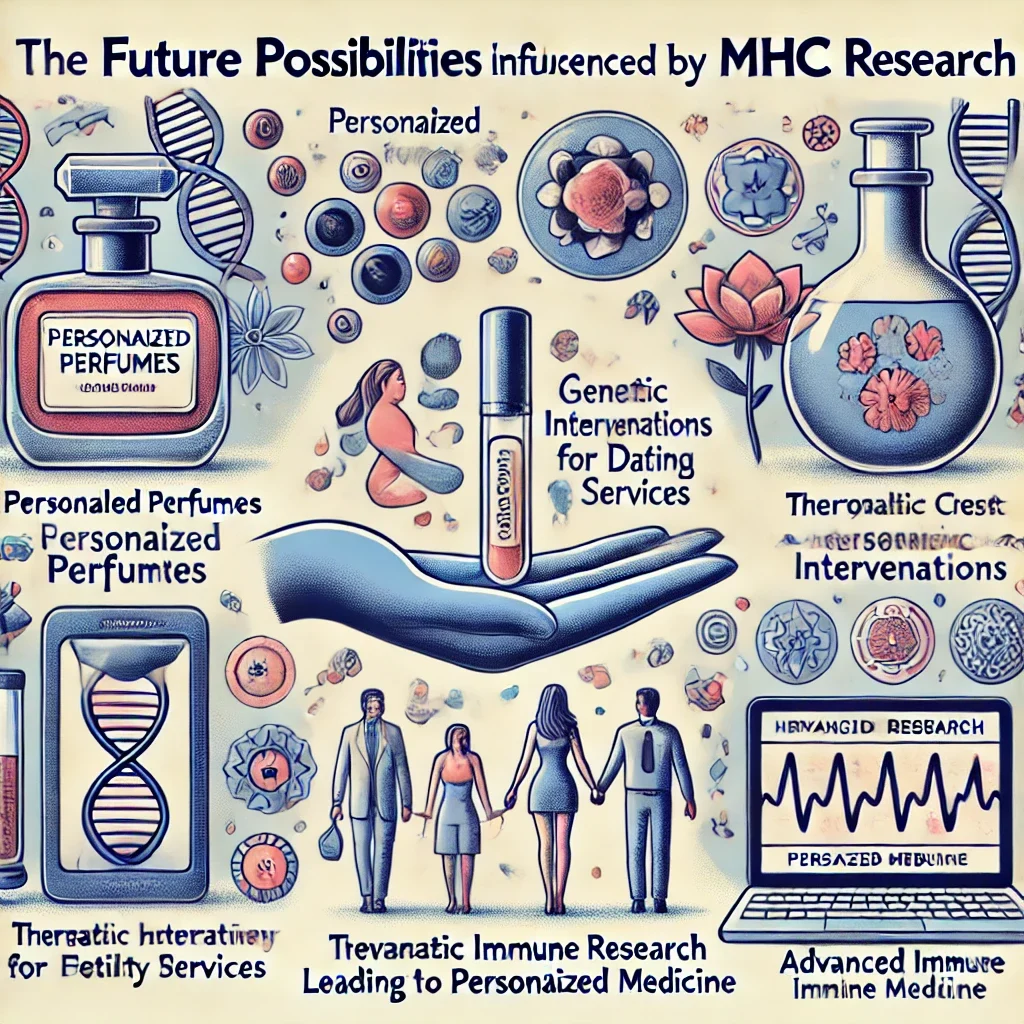On my way home from work, I started pondering the profound impact scents can have on us. When we encounter an unpleasant smell, we instinctively move away or cover our noses. Conversely, a pleasant aroma draws us in, compelling us to breathe it in deeply. There’s something captivating about scent; it can evoke memories, alter our moods, and even spark attraction. Have you ever wondered why a particular smell makes you feel drawn to someone?
The answer may lie in the Major Histocompatibility Complex (MHC). MHC is a crucial part of our genetic structure, essential for our immune system to recognize and combat infections. Interestingly, MHC also influences who we find attractive. This article delves into how MHC affects our attraction to others.

What is MHC?
The Major Histocompatibility Complex (MHC) is a group of genes located on chromosome 6 in humans. These genes are responsible for producing proteins that play a key role in the immune system. These proteins help our bodies detect and respond to harmful invaders like viruses and bacteria. MHC genes are highly diverse, meaning there are many different versions of them. This diversity is crucial for a robust immune system, as it enables better recognition and response to a wide array of pathogens.

MHC and Attraction
Research suggests that people are often subconsciously attracted to others with different MHC genes. Here’s why:
- Healthier Offspring:
- Choosing a partner with different MHC genes can lead to children with stronger immune systems. This diversity makes it easier for them to fight off various infections. Essentially, genetic diversity in MHC can provide offspring with a better toolkit for combating diseases.
- Scent and Attraction:
- MHC genes influence body odor. People often find the natural scent of those with different MHC genes more appealing. This preference is thought to be linked to pheromones, which are chemicals that affect social and sexual behaviors. Our noses can pick up on these subtle chemical cues, guiding us toward genetically compatible mates.
- Evolutionary Benefits:
- From an evolutionary perspective, picking a mate with different MHC genes can produce healthier children. This increases their chances of survival and the continuation of the species. Such pairings can ensure that the immune system of the next generation is versatile and effective.
Interesting Studies
Several studies have explored how MHC influences human attraction:
Sweaty T-Shirt Experiment: In a famous study conducted by Swiss researcher Claus Wedekind, women smelled T-shirts worn by men and rated the scents. They preferred the scents of men with different MHC genes, suggesting that smell plays a role in choosing a genetically compatible partner. This experiment highlighted the subconscious influence of MHC in attraction.

MHC and Relationship Satisfaction: Other research has shown that couples with different MHC genes often have happier relationships and are less likely to cheat. This suggests that MHC compatibility might contribute to relationship stability. Couples with complementary MHC genes may experience better chemistry and a stronger bond.
Animal Studies: Similar patterns have been observed in animals, where females often choose mates based on MHC differences, further supporting the idea that MHC diversity is beneficial for reproductive success.
The Role of MHC in Immune Response
MHC proteins are crucial for the immune system’s ability to recognize and respond to pathogens. There are two main classes of MHC molecules:
MHC Class I:
Found on almost all nucleated cells, MHC class I molecules present endogenous (inside the cell) antigens, such as viral proteins, to cytotoxic T cells (CD8+). This process is essential for the immune system to identify and destroy infected cells.

MHC Class II:
Located on specialized antigen-presenting cells (APCs) such as macrophages, dendritic cells, and B cells, MHC class II molecules present exogenous (outside the cell) antigens to helper T cells (CD4+). This interaction is crucial for activating the immune system’s response to external threats.

Implications and Future Research
Understanding the role of MHC in attraction opens up fascinating avenues for research in evolutionary biology, psychology, and even relationship counseling. It highlights the complex interplay between our biology and our social behaviors. Future studies could explore the molecular mechanisms behind MHC-related scent preferences, the impact of modern lifestyle factors on these natural inclinations, and potential applications in fertility treatments and genetic counseling.
Moreover, this knowledge could be used to enhance relationship matching processes by considering genetic compatibility, leading to more satisfying and stable partnerships. It also raises questions about how modern perfumes and artificial scents might interfere with these natural signals.
Future Possibilities

- Personalized Perfumes:
- With a deeper understanding of how MHC influences attraction, future technologies could develop personalized perfumes that enhance an individual’s natural scent profile to appeal to those with complementary MHC genes. This could revolutionize the fragrance industry and personal grooming practices.
- Genetic Compatibility Testing:
- Dating services might incorporate genetic compatibility tests based on MHC to help individuals find partners with whom they have a natural chemical compatibility. This could increase the chances of long-term relationship satisfaction and stability.
- Therapeutic Interventions:
- Insights from MHC research could lead to therapies for couples experiencing fertility issues. By understanding genetic compatibility, healthcare providers could offer tailored advice to improve the chances of conception and healthy pregnancies.
- Enhanced Immune Research:
- Further research into MHC could also enhance our understanding of immune responses, potentially leading to better treatments for autoimmune diseases and personalized medicine approaches.
Conclusion
Understanding the role of MHC in attraction offers fascinating insights into human behavior and relationships. It shows how our genetic makeup can subtly influence our choices and social interactions. By learning more about MHC, we gain a deeper understanding of the complex ways our bodies and behaviors are connected. This knowledge not only enriches our comprehension of human biology but also provides valuable perspectives on the nature of attraction and mate selection, paving the way for future innovations in health, relationships, and beyond.4o
References
- Major Histocompatibility Complex (MHC) Basics:
- Janeway CA Jr, Travers P, Walport M, Shlomchik MJ. “Immunobiology: The Immune System in Health and Disease.” 5th edition. New York: Garland Science; 2001. Available from: NCBI Bookshelf
- Sweaty T-Shirt Experiment:
- Wedekind, C., Seebeck, T., Bettens, F., & Paepke, A. J. (1995). “MHC-dependent mate preferences in humans.” Proceedings of the Royal Society B: Biological Sciences, 260(1359), 245-249. DOI: 10.1098/rspb.1995.0087
- MHC and Relationship Satisfaction:
- Garver-Apgar, C. E., Gangestad, S. W., Thornhill, R., Miller, R. D., & Olp, J. J. (2006). “Major histocompatibility complex alleles, sexual responsivity, and unfaithfulness in romantic couples.” Psychological Science, 17(10), 830-835. DOI: 10.1111/j.1467-9280.2006.01789.x
- Role of MHC in Immune Response:
- Trowsdale, J., & Knight, J. C. (2013). “Major histocompatibility complex genomics and human disease.” Annual Review of Genomics and Human Genetics, 14, 301-323. DOI: 10.1146/annurev-genom-091212-153455
- Evolutionary Perspective on MHC:
- Penn, D. J., & Potts, W. K. (1999). “The evolution of mating preferences and major histocompatibility complex genes.” The American Naturalist, 153(2), 145-164. DOI: 10.1086/303166
- Future Research and Applications:
- Ziegler, A., & Kentenich, H. (2011). “MHC and mate choice in humans: A review.” Psychoneuroendocrinology, 36(1), 1-21. DOI: 10.1016/j.psyneuen.2010.08.026
- Roberts, S. C., & Little, A. C. (2008). “Good genes, complementary genes and human mate preferences.” Genetica, 134(1), 31-43. DOI: 10.1007/s10709-008-9253-0




